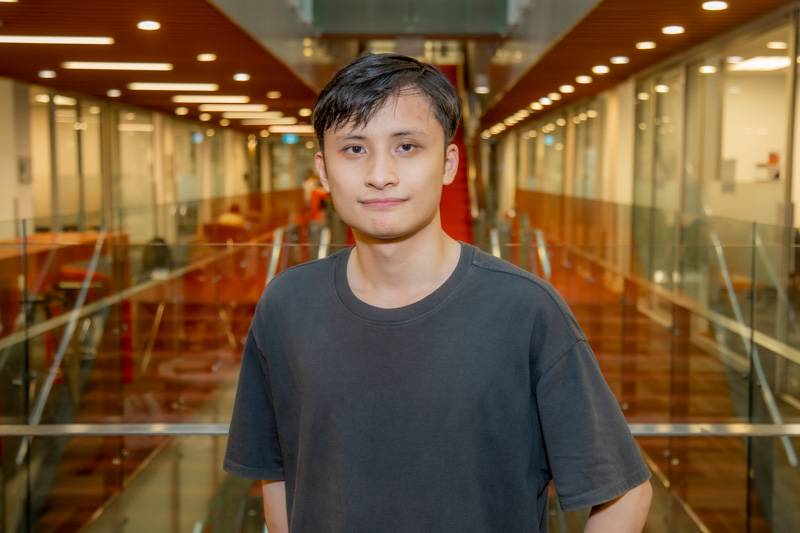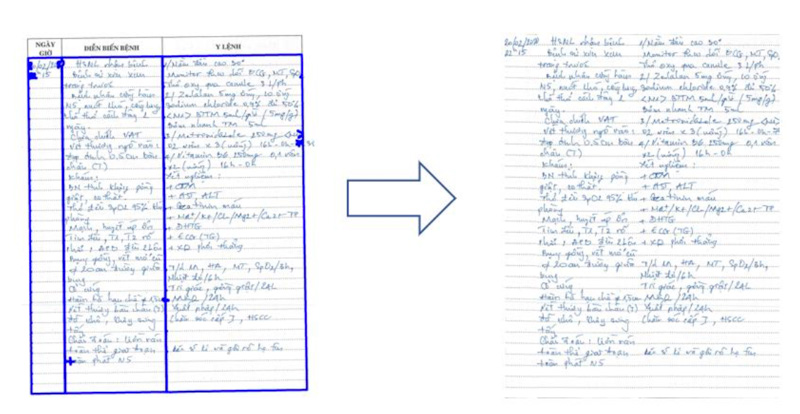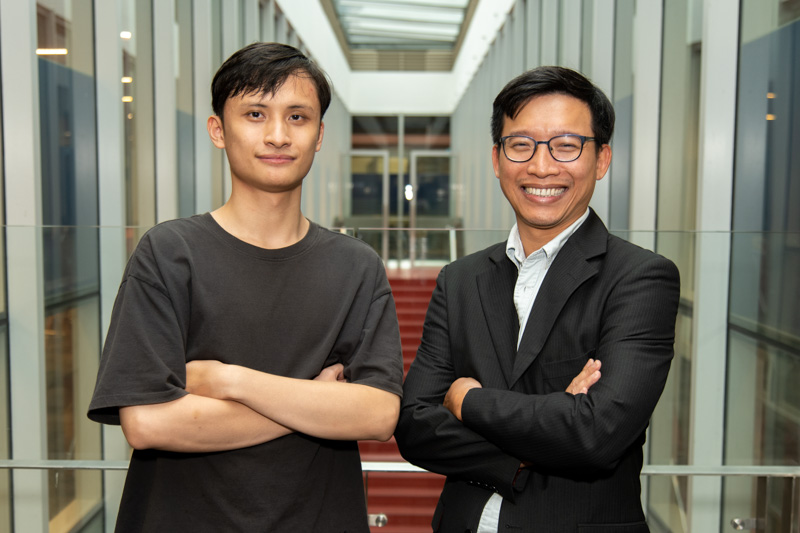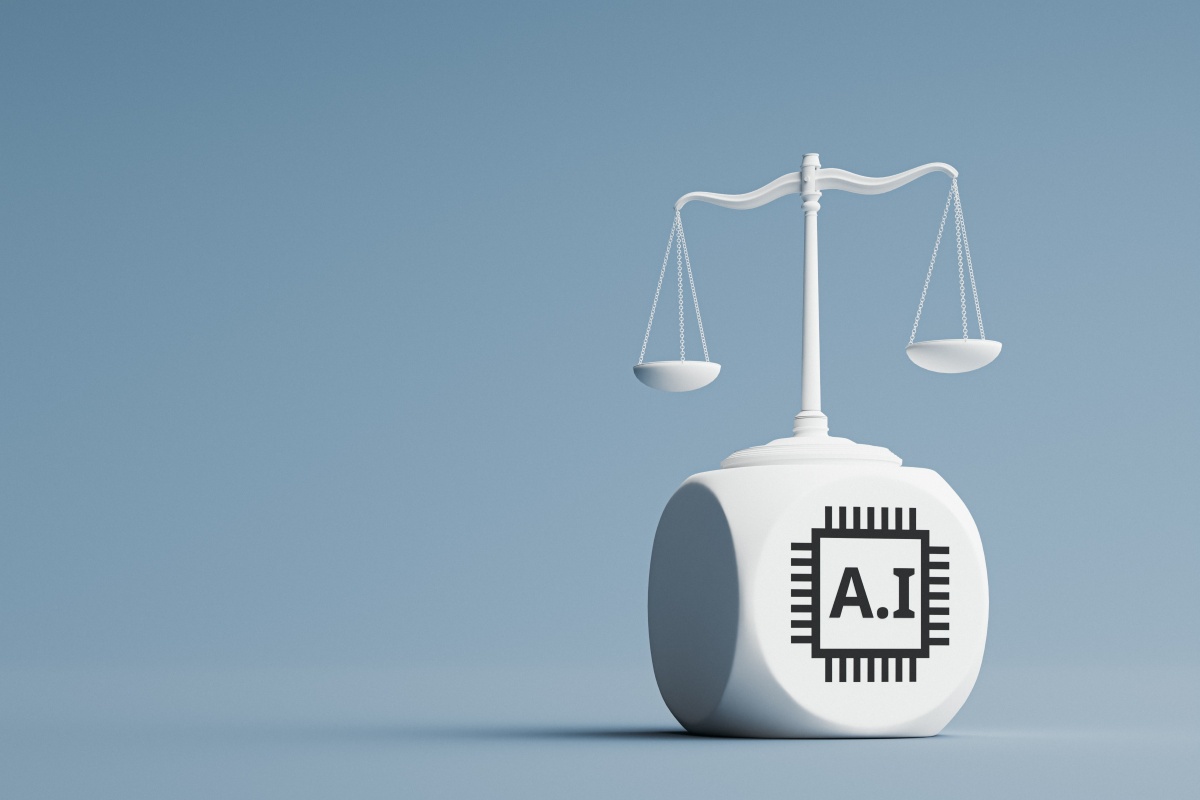Navigating Vietnam’s new Law on Artificial Intelligence
Vietnam’s first-ever Law on Artificial Intelligence (AI) was passed on 10 December 2025 and will take effect from 1 March 2026, marking a milestone in the country’s digital governance and innovation strategy.
Plugging nuclear energy safely into Vietnam’s grid
Vietnam’s new Atomic Energy Law opens the door to advanced nuclear technologies, but success will hinge on grid readiness, safety culture, and skilled people, say RMIT University Vietnam academics.
Vietnam’s Atomic Energy Law: A new era for clean power?
As Vietnam’s Law on Atomic Energy takes effect on 1 January 2026, nuclear power is back in the spotlight as a strategic pillar for energy security and carbon neutrality.
Vietnam’s garment industries must adapt to US tariffs to thrive in 2026
The US tariff shock has hit Vietnam’s fashion and textile exports hard. As 2025 comes to an end, the focus shifts to resilience and growth in 2026. What should businesses do to stay competitive in the new trade reality?







